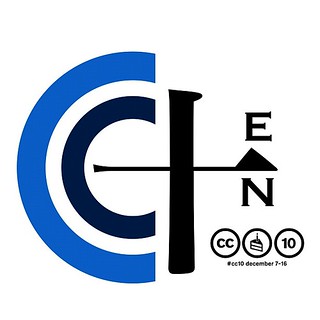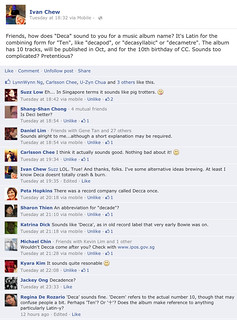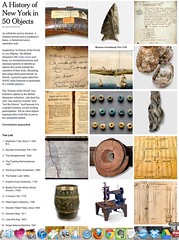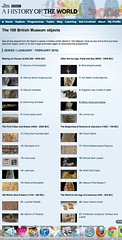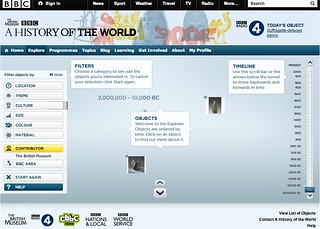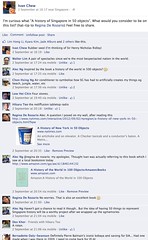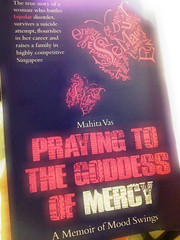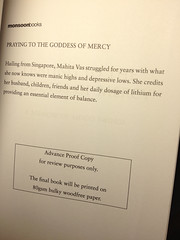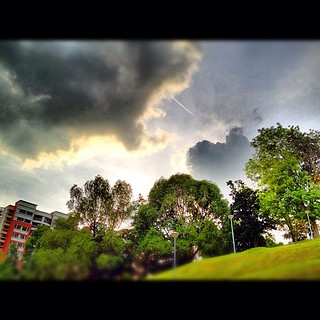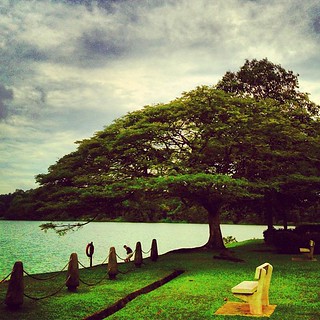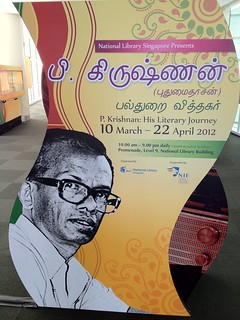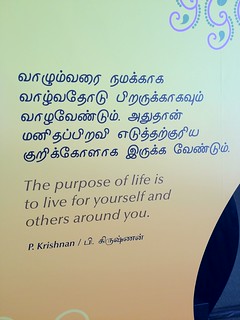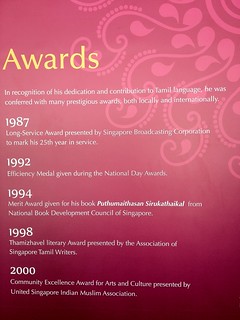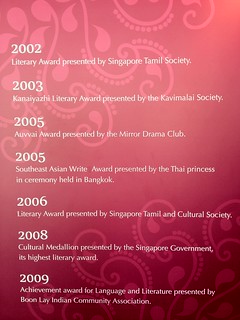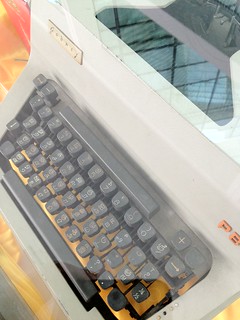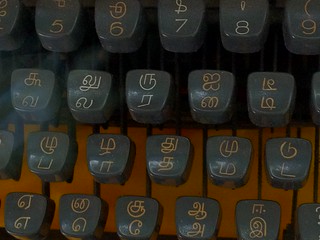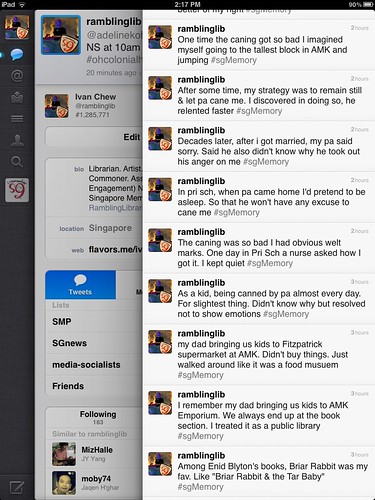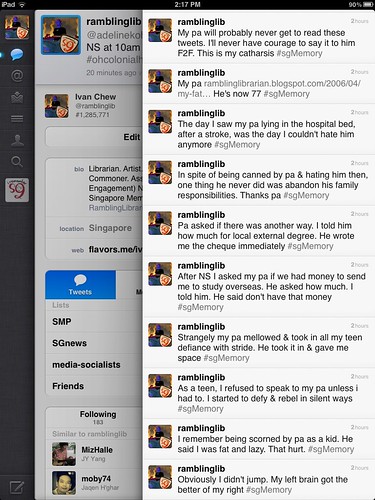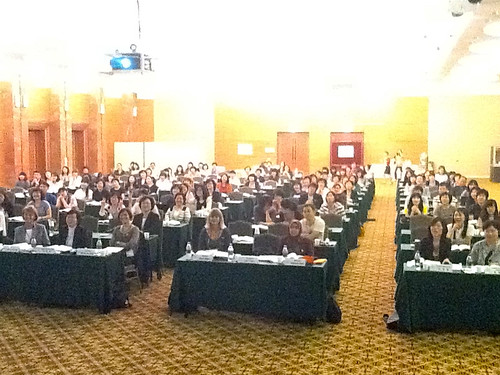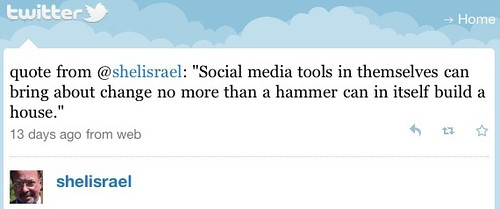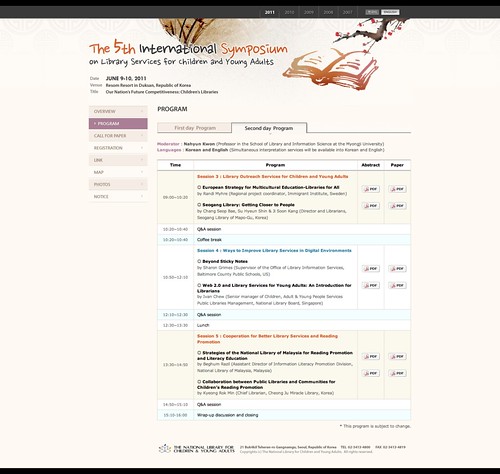[
Views expressed here are strictly my own. I am straddling between writing in my personal capacity, as well as my official role as the head for Digital Engagement for the project. Just so you know :)]
By tomorrow, all the intense efforts for the past six months (in developing the website) will come to fruition The flagship website for the Singapore Memory Project will finally be unveiled.
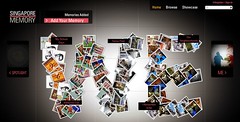
Before its official launch, there will be a pre-launch party. It's called a "party" for good reason. If you didn't sign up for the party, you'll probably have to read about it later :)
The publicity efforts for the party was two-prong: social media channels and the "traditional" way.
The traditional way was to write formal invites to specific people, such as e representatives of partner agencies and VIPs. The social media way, which my team was responsible for, had a more organic approach.
SOCIAL MEDIA INVITES
Our overall "framework" started off with a target in mind, as well as specific aims for inviting people. We set a target of 40 guests invited through social media circles (a check around suggested the average turnout for 'blogger events' was about 20 people).
We didn't want to limit to just "bloggers". I've probably mentioned it before (haven't I?) that in today's context, if you are active on Facebook, you're practically a 'blogger' in a general sense. We referred to our social media guests as 'social media users'.
CONSIDERATIONS
The main criteria was that they were active in their respective social media circles. We had some guidelines, though not hard rules on what was 'active'. They certainly need not be Singaporeans only. The project was not limited to citizens.
We sought out active social media users, particularly those who were seen to be enthused about heritage and memory-like activities. We felt such guests would also be more likely to be comfortable with our portal. If all worked out well, we would like guests to be one of the first few people in Singapore (nay, the world!) to create a 'Memory Account' and publish a memory there.
There were a few key influencers and social media guests in mind. We had already been in touch with a few of them in the preceding months. Our team members intuitively understood that we had to cultivate relationships early on.
Invited guests included people like (what I call) the hardcore heritage bloggers. Then there were the active Hertiage groups on Facebook's, as well as enthusiasts on twitter. These specific people, we wrote personal emails/ messages to them.
They weren't a focus group as such. We'd already conducted a few runs for that purpose weeks earlier.
THE CALL
Then we issued an open call for registrants to the party.
This was also an experiment, where we tried both Evenbrite and Facebook event page.
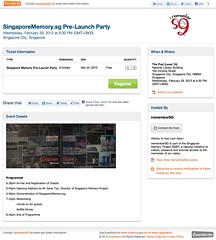
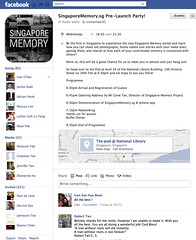 SNEAK PEAKS
SNEAK PEAKS
Concurrently, a series of 'Sneak Peeks' were posted:
Sneak Peeks (Part 1)Sneak Peeks (Part 2)Sneak Peeks (Part 3)
Update: The posts have been consolidated into one post, with a refresh of the iRememberSG blog.
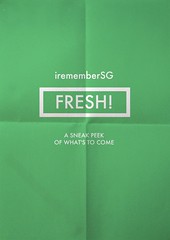

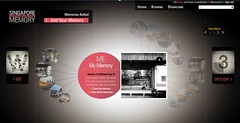
I would have liked to provide a set of "social media press kits", made available online. But details of the portal and the party was still pretty fluid at that time. Everyone was working on very, very tight deadlines. The Sneak Peeks was, I suppose, the next best thing we could offer.
The 'sneak peeks' was also our way of answering the question, "Why should I attend the pre-launch party?". I know I would ask that question if I were on the receiving end.
Rather than answer that question directly, I guess we presumed users could assess for themselves from the sneak peeks.
The posts also served to ease the regular iRemember.SG visitors into the upcoming portal. One obvious question to address was the difference between the SingaporeMemory.sg portal and the iRemember.SG site. As explained from Sneak Peek, Part 3:
As many of your will remember, the irememberSG blog began as our placeholder for stories submitted from the public. It was indeed an honour to be featured during the National Day Rally speech on 14 Aug 2011, and PM Lee Hsien Loong shared memories from James Seah and Muhammad Raydza as captured here. Six months on, we have taken some of our users' feedback for a more readable site and the ability to submit memories and view them instantaneously.
As already mentioned last week, we will port the memory submission and display functions to the new Singapore memory portal, while irememberSG will evolve into a staff blog. Here's how it will look like:

REACTIONS TO THE PARTY INVITES
From my own experience organising meetups for creative commons Singapore, theres always -- always -- a sense of trepidation and uncertainty when issuing open invites. The very human fear was that no one would give a hoot about your event.
But we were quickly assured that there was some positive response.
Within two hours of posting the open invite in twitter and Facebook, about ten people signed up on their own accord. About half were NLB staff, but they were not involved in the project. They signed up as guests, not as staff. It's nice when co-workers -- outside of the project -- show interest in it.
We didn't stop at that just posting the online invites. There was more work to be done.
My colleagues and I started issuing individual messages in ernest. I posted to several groups, and had help from a very active memory corp volunteer and a Hertiage influencer to get one foot into the group.
I can't really track when was the exact tipping point, if any. My colleague might have a day to day statistical report of the signups. We might analyse that a little more closely when we have time. I think we had very gradual steay daily build ups. The twitter community was fast and sort of peaked within two or three hours. Im not sure if there was a long tail. Seeing my RTs, I think it might have gotten three days worth of publicity before the tweets we overwhelmed.
The last count I was told was
150 219 unique individuals signed up. Just under 10 days after announcing the event via online channels. I must say part of the positive response is for the project itself. There's a certain draw to something like a national memory initiative.
Nonetheless, pretty good results for a fledging social media unit of the project.
Even if half don't show up, we would still have a very good crowd. I thought at least we reached our to those who had sign up, and they might have passed the message onwards indirectly.
This is just the start of a an ongoing relationship, for sure.
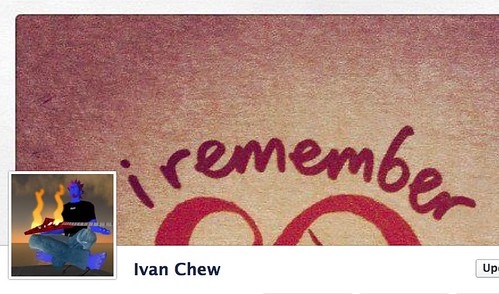 HAIRY & AUDACIOUS
HAIRY & AUDACIOUS
The scale of the project is huge. For one, there's a hairy and audacious goal of five million memories to be collected by 2015.
Given its scale, the team behind the project is also a large one, where project teams go in the NLB. Just to give you a peek (and also my way of acknowledging the unsung heroes and heroines):
There's another team working on marketing, publicity, and partnerships.
My team of four are responsible for the web development for the portal as well as a mobile app. Even so, we're really cogs in the larger machine. We're not web developers or coders.
There's another inter-divisional team comprising of a Information Solutions Architect, a web project manager, a mobile app project manager, an IT project manager who in turns manages a team of about ten coders.
Then there are colleagues working on legal documentation, liaison with our funding ministry, interfacing with NLB senior management.
The Singapore Memory project is the most ambitious project I've been involved. Certainly a most meaningful one. Or else I wouldn't have volunteered for it.




